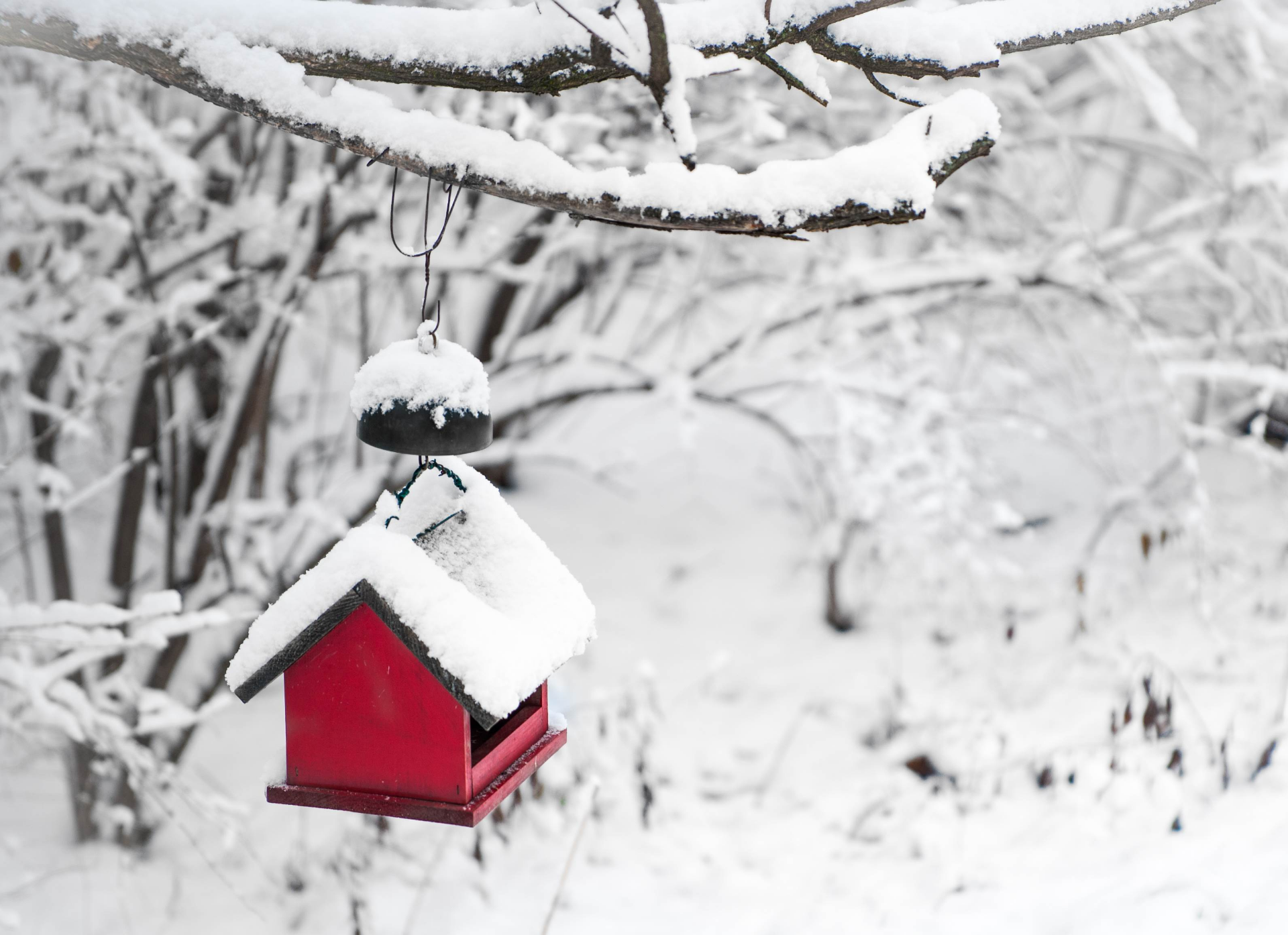 Preparing your Home for the Winter
Preparing your Home for the Winter
Preparing for winter can seem like a bother, but doing it right before freezing temperatures set in will keep you warm, safe and save you money throughout the approaching cold season. Maintaining various parts of your home inside and out will hopefully prevent things from going awry and save you a call for help during the next snow storm.
Inspect and Repair Seals
To keep a comfortable atmosphere in your home and reduce your utility bills, check the seals in your home periodically. Inspecting seals will prevent drafts and leaks. The general seals to check include windows, doors, vents, electrical and plumbing fixtures.
Most windows have three types of seals to check. The first is between the frame on the window and the walls of your home. The second is between the window frame and the sash (the part that moves and holds the glass panes together and sits inside the frame). The third is the space between the double or triple panes of glass in insulated windows. Look at each of these spots when checking your seals for cracked and missing parts of sealant.
To check for drafts coming in through the windows, use a damp hand and hold it by the seals. Another option is to use a candle or incense stick and hold it by the seals on a windy day, if the flame moves, then it can indicate cold air coming into your home.
For exterior doors you can buy a weather-stripping kit at a hardware store to best insulate your home. There are several kinds: wrapped foam wood flange, wrapped foam metal flange and vinyl bulb metal flange options. The first two, the wrapped foam wood and metal flanges, are the best options. Also, check your doors for loose hinges. If your door is not properly hung, then it could cause a draft.
Unclog Gutters and Downspouts
While the leaves may look beautiful in the fall, come winter they will have landed in your gutters and could clog them.
Take precautions with this pre-winter project because you may be required to climb high heights or up onto the roof. It is always a good idea to have a second person assist you. It is easier to clean your gutters from the ladder itself than from on the roof, so have your assistant hold the ladder steady.
From the top of the ladder, clear your gutters of leaves and then test the flow of water down your gutters. But first, make sure all downspouts extend away from the house by at least 5 feet (this will prevent flooding and water damage from melted snow). To test, bring your garden hose up the ladder and have your assistant turn on the water. Let the water flow through your gutters as if it was melted snow or rain. If the water flows down and out the downspout fine, and even carries some excess debris with it, then your job is done. If the water is getting backed up then you have a clog to clear. If your downspout has an extension on the bottom, first remove it and then clean the downspout by inserting a garden trowel to remove the debris. Test the water again and, if clear, your gutters are ready for winter!
Trim Trees Near Your Home
Snow can be very heavy on roofs, electrical lines and tree branches and damaging to your home, car or loved ones. It is very common for large tree branches to break and fall when they are covered in snow. If you have any large trees close to your home, be sure to trim the branches far enough back from your house and electrical wires to prevent any property damage or power outage. Your neighbors will also thank you when no one loses power throughout the winter due to fallen tree branches.
In addition to safety, trimming branches away from your house can help reduce the chances of your attic becoming a winter refuge from the cold for unwanted critters. Make sure branches are trimmed away from the roof of the house and that all vents and openings are securely closed.
Don't Buy Salt for Your Sidewalks
Surprised? Salt you buy at the hardware store can actually damage your sidewalks if they are made of concrete. The salt causes corrosion to the rebar underneath the surface and leads to cracking on the surface. There are other alternatives for melting ice and snow, even sugar beet juice is a natural ice melting liquid.
It is the homeowner’s responsibility to clear their sidewalks within 24 hours of fallen snow, so not only should you buy salt-alternatives but also stock up on snow shovels and for more severe winter weather, a snow blower could be necessary.
Winterize Hose Bibs
Saving the most important step to winterizing your home for last, be sure to install insulating covers for your outdoor faucets before the temperature falls below 20 degrees. A frozen pipe can lead to it bursting. To winterize, first, disconnect any hoses from the bibs, drain the water, and store the hose inside to prevent damage. Next, turn off any valves inside your home that send water to outdoor faucets. If you have a dedicated valve for the outdoor faucets, turn the handles to open the hose bibs. Then let the water in the pipes drain and leave the faucet open during the winter to minimize pressure from freezing. Finally, add insulating covers to all of the bibs.